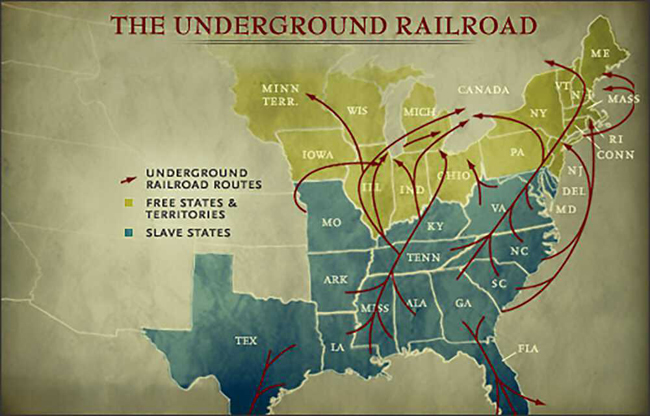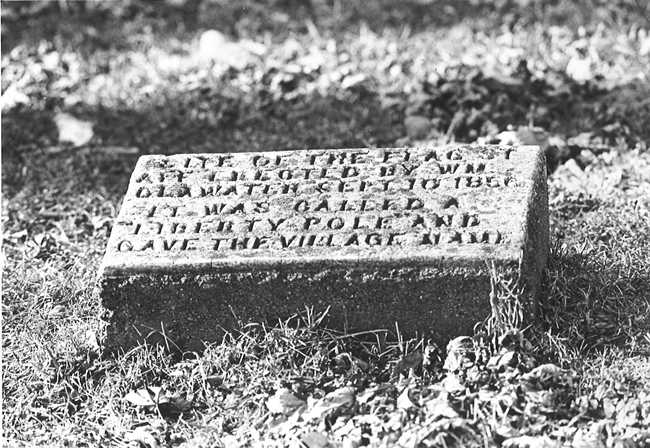Local History Topics
Cheyenne Valley
Museum Notes
by Kristen Parrott, curator
for the week of 2/20/2013
Have you ever heard any stories about Vernon County being on the Underground Railroad? Tales are told about a station in Cheyenne Valley, Forest Twp., and also one in the village of Liberty Pole, Franklin Twp. In honor of Black History Month, I've been reading about the Underground Railroad in Wisconsin, trying to find evidence of a route through Vernon County.
The state of Wisconsin was not often used by the Underground Railroad. The best known stories concern the southeastem corner of the state, where runaways could board a ship and sail across the Great Lakes toward freedom in Canada.
The upper Mississippi River was a minor route on the Underground Railroad. A few escaped slaves went up the Mississippi River on boats to the relative freedom of St. Paul, Minnesota. In view of that, the western edge of Vernon County -that is, the river itself can be considered part of the Underground Railroad.

However, most of the escaped slaves who came up the Mississippi River branched off on to the Rock River in Illinois, and so ended up in Wisconsin near Beloit. From there they made their way east to Lake Michigan.
Vernon County's Cheyenne Valley is well-known as the former site of an African American farming settlement, first settled in the mid-1850's. The earliest black families in the valley were all free people, not escaped slaves (although Wesley Barton is said to have brought a slave boy with him, having "stolen" him from his owner). After the Civil War, the African-American population grew to include several former slaves.
The museum does not yet have any evidence that escaped slaves were hidden here or anywhere in Vernon County, before being helped to move farther north to freedom. We also don't have any evidence that slaves were pursued to our county by slavehunters. In other words, it doesn't appear that Cheyenne Valley was a part of the Underground Railroad.
This is also true of Liberty Pole. The village (then called Badax) was the site of a large abolitionist political rally in 1856, which included the ceremonial raising of a campaign flag. The wooden flag pole, or "liberty pole," continued to stand for several years until it succumbed to the elements. This liberty pole was a symbol of freedom, but we have not yet verified that it was a sign to runaway slaves that this place was on the Underground Railroad.
The museum is eager to collect information about the possible presence of the Underground Railroad in Vernon County. The most reliable evidence would be a written account by an eye-witness, either handwritten in the form of a letter, diary, reminiscence, etc., or printed in the form of a newspaper account, local history book, or something similar.
Originally, many Underground Railroad stories were told orally, because of the need for secrecy and because slaves were usually forbidden to learn to read or write. But after the Civil War, there was no more need for secrecy. And in the 150 years since then, stories of lasting value, even those that are primarily in the oral tradition, were probably written down somewhere: in a community history, in a church history, in a personal letter, in a newspaper article, in a family history. Let the museum know if you find such a story.
For those of you interested in learning more about the Underground Railroad in our state, I recommend the book by Julia Pferdehirt: Freedom Train North: Stories of the Underground Railroad in Wisconsin.

C.V. Porter's original Liberty Pole history plaque

 MENU
MENU